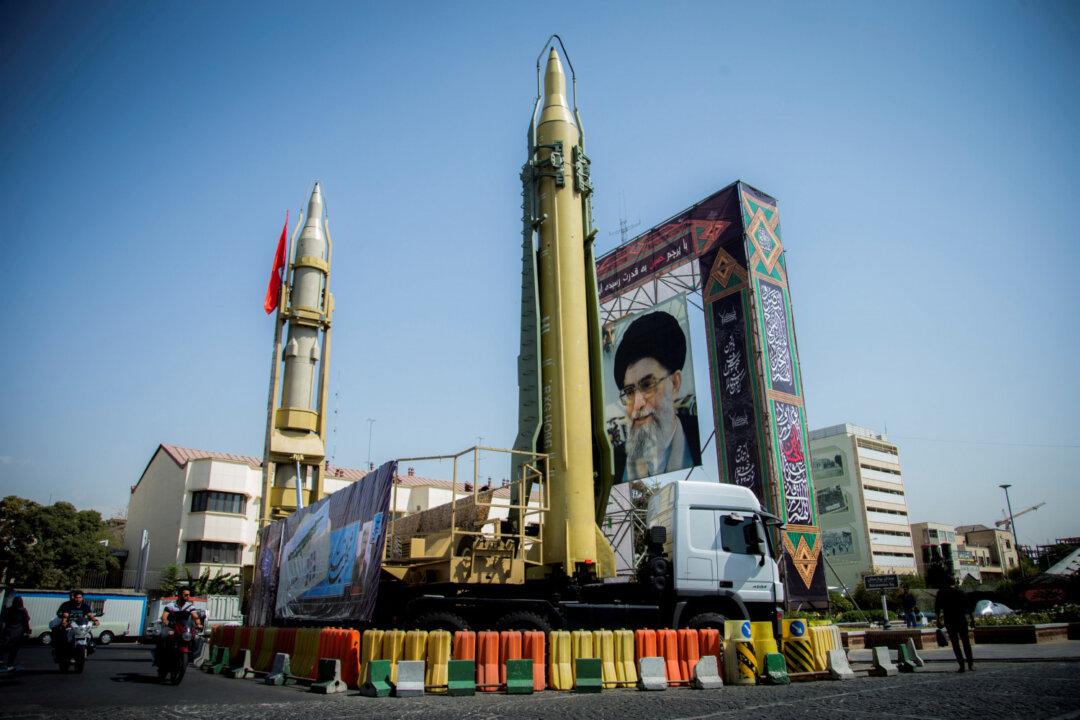Iran unveiled a new short-range ballistic missile on Feb. 9, adding to its arsenal of missiles—the greatest in the Middle East—which it relies on for military muscle.
The Raad-500 missile was announced by Iran’s Revolutionary Guards media, as officials said that a satellite named Victory had failed to reach orbit.





